Nonlinear Oscillations of a Composite Stepped Piezoelectric Cantilever Plate with Aerodynamic Force and External Excitation
Abstract
:1. Introduction
2. Equations of Nonlinear Oscillations
3. Two-Mode Nonlinear System
4. Averaged Equations in Polar Form and Cartesian Form
4.1. The Polar Form Four-Dimensional Averaged Equations and Frequency Response Analysis
- (1)
- When the amplitude of the first-order mode is constant and the other first-order mode changes, there exists a weak coupling effect between the two modes when the excitation frequency changes.
- (2)
- When the amplitude of the two modes varies with the excitation frequency, there exists a strong coupling effect between the two modes.
4.2. Four-Dimensional Averaged Equations in Cartesian Form
5. Numerical Simulation
6. Results
- (1)
- The present work deals with the dynamic problem of the smart piezoelectric composite structure, dynamic analysis of the PVDF piezoelectric stepped plate, nonlinear transverse vibrations of the symmetric cross-ply composite laminated piezoelectric stepped cantilever plate with fiber-reinforced composite materials subjected to in-plane and out-of-plane excitation, vibration response analysis of the PVDF piezoelectric plate subjected to aerodynamic forces, piezoelectric excitation, and in-plane excitation.
- (2)
- From the analysis of the frequency response results, it is found that the system exhibits different nonlinear stiffness characteristics, and the amplitude–frequency response curves of the first-order mode and second-order modes are greatly affected by different parameters.
- (3)
- According to the numerical results of the chaos and bifurcations, it is found that the system exhibits chaotic motion, and the chaotic motion is similar. The different initial values have a great impact on the resonance behavior of the system, and the system presents completely different chaotic motions.
- (4)
- The influence of the piezoelectric excitation parameter on the composite stepped piezoelectric cantilever plate system is investigated. It is found that the system exhibits complex nonlinear motion, the chaotic motion of the system can be restrained by period-doubling bifurcation by adjusting the piezoelectric excitation, and the amplitude of the system vibration can be effectively reduced, so as to maintain the stability and controllability of the system motion.
Author Contributions
Funding
Data Availability Statement
Acknowledgments
Conflicts of Interest
Appendix A
References
- Sanders, B.; Crowe, R.; Garcia, E. Defense advanced research projects agency-smart materials and structures demonstration projects overview. J. Intell. Mater. Syst. Struct. 2004, 15, 227–233. [Google Scholar] [CrossRef]
- Jha, A.K.; Kudva, J.N. Morphing aircraft concepts, classifications, and challenges. In Proceedings of the SPIE-The International Society for Optical Engineering, San Diego, CA, USA, 16–18 March 2004; Volume 5388, pp. 213–224. [Google Scholar]
- Wickenheiser, A.; Garcia, E. Aerodynamic modeling of morphing wings using an extended lifting-line analysis. J. Aircr. 2007, 44, 10–15. [Google Scholar] [CrossRef] [Green Version]
- Zhang, W.; Chen, L.L.; Guo, X.Y.; Sun, L. Nonlinear dynamical behaviors of deploying wings in subsonic air flow. J. Fluid. Struct. 2017, 74, 340–355. [Google Scholar] [CrossRef]
- Zhang, W.; Gao, Y.H.; Lu, S.F. Theoretical, numerical and experimental researches on time-varying dynamics of telescopic wing. J. Sound. Vib. 2022, 522, 116724. [Google Scholar] [CrossRef]
- Liu, Y. Nonlinear Dynamic Analysis of an Axially Moving Composite Laminated Cantilever Beam. J. Vib. Eng. Technol. 2022, 10, 1–13. [Google Scholar] [CrossRef]
- Chen, L.H.; Zhang, W.; Liu, Y.Q. Modeling of nonlinear oscillations for viscoelastic moving belt using generalized Hamilton’s principle. J. Vib. Acoust. 2007, 129, 128–132. [Google Scholar] [CrossRef]
- Yao, M.H.; Zhang, W.; Zu, J.W. Multi-pulse chaotic dynamics in non-planar motion of parametrically excited viscoelastic moving belt. J. Sound. Vib. 2012, 331, 2624–2653. [Google Scholar] [CrossRef]
- Chen, L.H.; Zhang, W.; Yang, F.H. Nonlinear dynamics of higher-dimensional system for an axially accelerating viscoelastic beam with in-plane and out-of-plane vibrations. J. Sound. Vib. 2010, 329, 5321–5345. [Google Scholar] [CrossRef]
- Zhang, W.; Sun, L.; Yang, X.D.; Jia, P. Nonlinear dynamic behaviors of a deploying-and-retreating wing with varying velocity. J. Sound. Vib. 2013, 332, 6785–6797. [Google Scholar] [CrossRef]
- Zhang, W.; Wang, D.M.; Yao, M.H. Using Fourier differential quadrature method to analyze transverse nonlinear vibrations of an axially accelerating viscoelastic beam. Nonlinear. Dyn. 2014, 78, 839–856. [Google Scholar] [CrossRef]
- Zhang, W.; Lu, S.F.; Yang, S.D. Analysis on nonlinear dynamics of a deploying composite laminated cantilever plate. Nonlinear Dyn. 2014, 76, 69–93. [Google Scholar] [CrossRef]
- Yang, X.D.; Zhang, W.; Chen, L.Q.; Yao, M.H. Dynamical analysis of axially moving plate by finite difference method. Nonlinear Dyn. 2012, 67, 997–1006. [Google Scholar] [CrossRef]
- Guo, X.Y.; Zhang, Y.; Zhang, W.; Sun, L.; Chen, S.P. Nonlinear dynamics of Z-shaped folding wings with 1:1 inner resonance. Int. J. Bifurc. Chaos 2017, 27, 1750124. [Google Scholar] [CrossRef]
- Lu, S.F.; Zhang, W.; Song, X.J. Time-varying nonlinear dynamics of a deploying piezoelectric laminated composite plate under aerodynamic force. Acta Mech. Sinca-Prc. 2018, 34, 303–314. [Google Scholar] [CrossRef]
- Guo, X.Y.; Zhang, Y.; Zhang, W.; Sun, L. Theoretical and experimental investigation on the nonlinear vibration behavior of Z-shaped folded plates with inner resonance. Eng. Struct. 2019, 182, 123–140. [Google Scholar] [CrossRef]
- Lu, S.F.; Xue, N.; Zhang, W.; Song, X.J.; Ma, W.S. Dynamic stability of axially moving graphene reinforced laminated composite plate under constant and varied velocities. Thin. Wall. Struct. 2021, 167, 108176. [Google Scholar] [CrossRef]
- Gevers, D.E. Multi-Purpose Aircraft. U.S. Patent No. 5,850,990, 1998. [Google Scholar]
- Arrison, L.; Birocco, K.; Gaylord, C.; Herndon, B.; Manion, K.; Metheny, M. 2002–2003 AE/ME morphing wing design. Virginia Tech Aerospace Engineering Senior Design Project Spring Semester Final Report: 1–89. 2003. Available online: https://archive.aoe.vt.edu/mason/Mason_f/AEMEMorph03FinalRpt.pdf (accessed on 2 July 2023).
- Henry, J.J. Roll Control for UAV’s by Use of a Variable Span Morphing Wing. Ph.D. Thesis, University of Maryland, College Park, MD, USA, 2005. [Google Scholar]
- Li, W.C.; Jin, D.P. Flutter suppression and stability analysis for a variable-span wing via morphing technology. J. Sound. Vib. 2018, 412, 410–423. [Google Scholar] [CrossRef]
- Amabili, M.; Carra, S. Experiments and simulations for large-amplitude vibrations of rectangular plates carrying concentrated masses. J. Sound. Vib. 2012, 331, 155–166. [Google Scholar] [CrossRef]
- Guo, X.Y.; Zhang, W.; Yao, M.H. Nonlinear dynamics of angle-ply composite laminated thin plate with third-order shear deformation. Sci. China Technol. Sci. 2010, 53, 612–622. [Google Scholar] [CrossRef]
- Yao, X.C.; Zhao, C.; Zeng, T. Research progress and application status of piezoelectric materials for vibration control. Mater. Mech. Eng. 2019, 43, 72–76. [Google Scholar]
- Yang, H.F.; Gao, C.F. Study on plane problem of periodic piezoelectric fibrous composites. J. Nanjing Univ. Aeronaut. Astronaut. 2021, 53, 116–124. [Google Scholar]
- Guo, X.Y.; Sun, L.; Wang, S.B.; Cao, D.X. Dynamic responses of a piezoelectric cantilever plate under high–low excitations. Acta Mech. Sinica-Prc. 2020, 36, 234–244. [Google Scholar] [CrossRef]
- Givois, A.; Giraud-Audine, C.; Deü, J.F.; Thomas, O. Experimental analysis of nonlinear resonances in piezoelectric plates with geometric nonlinearities. Nonlinear Dyn. 2020, 102, 1451–1462. [Google Scholar] [CrossRef]
- Wang, Y.H.; Qing, G.H. Analysis of piezoelectric composite laminates based on generalized mixed finite element. Acta Mater. Compos. Sin. 2022, 39, 2987–2996. [Google Scholar]
- Liu, T.; Li, C.D.; Wang, C.; Jiang, Y.F.; Liu, Q.Y. Static iso-geometric analysis of piezoelectric functionally graded plate based on third-order shear deformation theory. J. Vib. Shock. 2021, 40, 73–85. [Google Scholar]
- Deepak, P.; Jayakumar, K.; Satyananda, P. Nonlinear free vibration analysis of piezoelectric laminated plate with random actuation electric potential difference and thermal loading. Appl. Math. Model. 2021, 95, 74–88. [Google Scholar] [CrossRef]
- Cheng, G.M.; Hu, Y.L.; Wen, J.M.; Li, X.X.; Chen, K.; Zeng, P. Simulation analysis and experiment on piezoelectric cantilever vibrator. Trans. Nanjing Univ. Aeronaut. Astronaut. 2015, 32, 148–155. [Google Scholar]
- Li, T.; Wang, C.; Liu, Q.Y.; Hu, W.F.; Hu, X.L. Analysis for dynamic and active vibration control of piezoelectric functionally graded plates based on isogeometric method. Eng. Mech. 2020, 12, 228–242. [Google Scholar]
- Bian, K.; Wang, Y.; Huang, X.W.; Wu, Y.P. Equivalent stiffness of metal clip-like piezoelectric spring structure. Trans. Nanjing Univ. Aeronaut. Astronaut. 2020, 37, 962–969. [Google Scholar]
- Zhang, B.; Ding, H.; Chen, L.Q. Active vibration control of a rotating blade based on macro fiber composite. Chin. J. Theor. Appl. Mech. 2021, 53, 1093–1102. [Google Scholar]
- Fan, X.D.; Wang, A.W.; Jiang, P.C.; Wu, S.J.; Sun, Y. Nonlinear bending of sandwich plates with graphene nanoplatelets reinforced porous composite core under various loads and boundary conditions. Mathematics 2022, 10, 3396. [Google Scholar] [CrossRef]
- Yang, S.W.; Hao, Y.X.; Zhang, W.; Liu, L.T.; Ma, W.S. Static and dynamic stability of carbon fiber reinforced polymer cylindrical shell subject to non-normal boundary condition with one generatrix clamped. Mathematics 2022, 10, 1531. [Google Scholar] [CrossRef]
- Ashley, H.; Zartarian, G. Piston theory: A new aerodynamic tool for the aeroelastician. J. Asteonaut. Sci. 1956, 23, 1109–1118. [Google Scholar] [CrossRef]
- Reddy, J.N. Mechanics of Laminated Composite Plates and Shells: Theory and Analysis; CRC Press: Boca Raton, FL, USA, 2004; pp. 671–718. [Google Scholar]


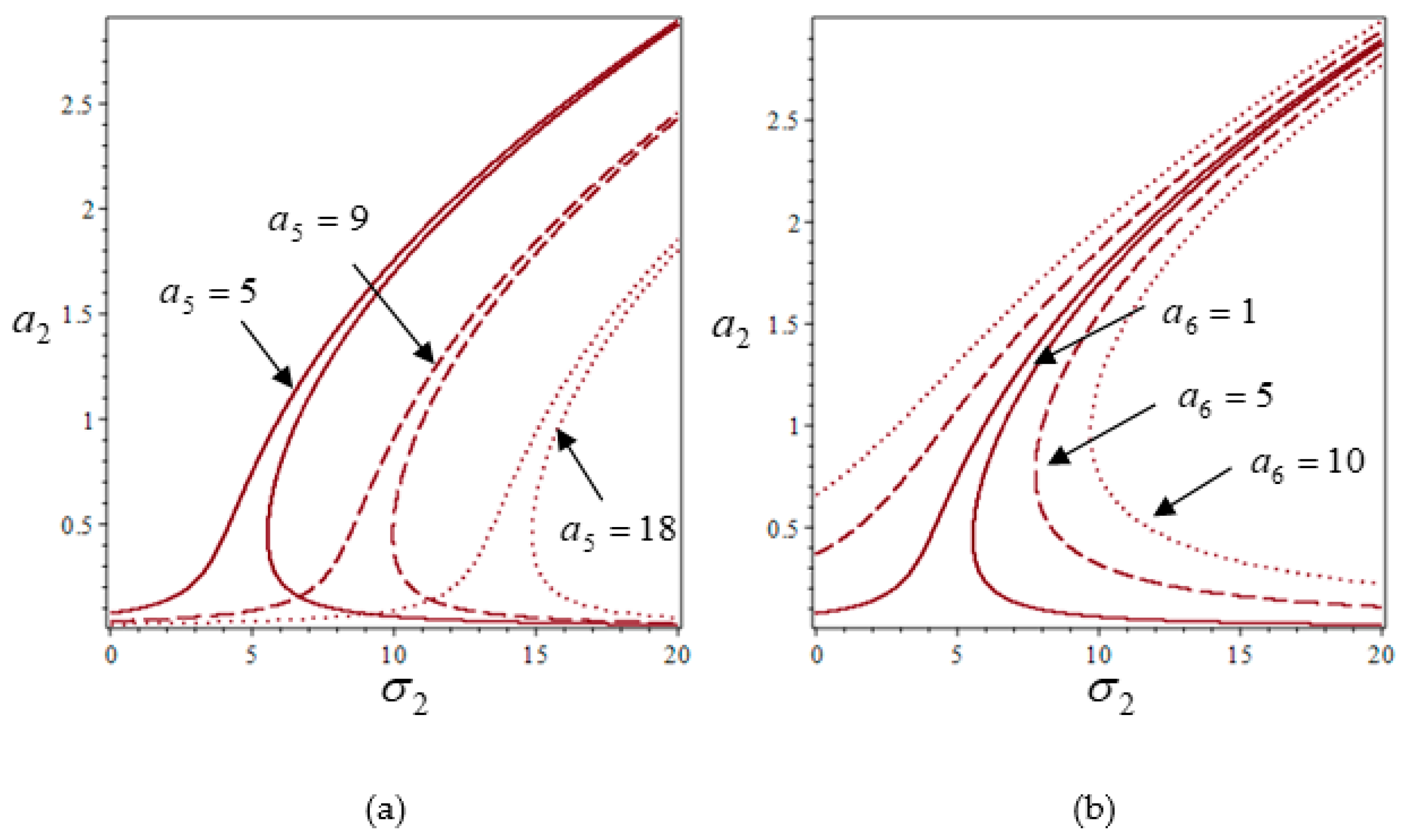
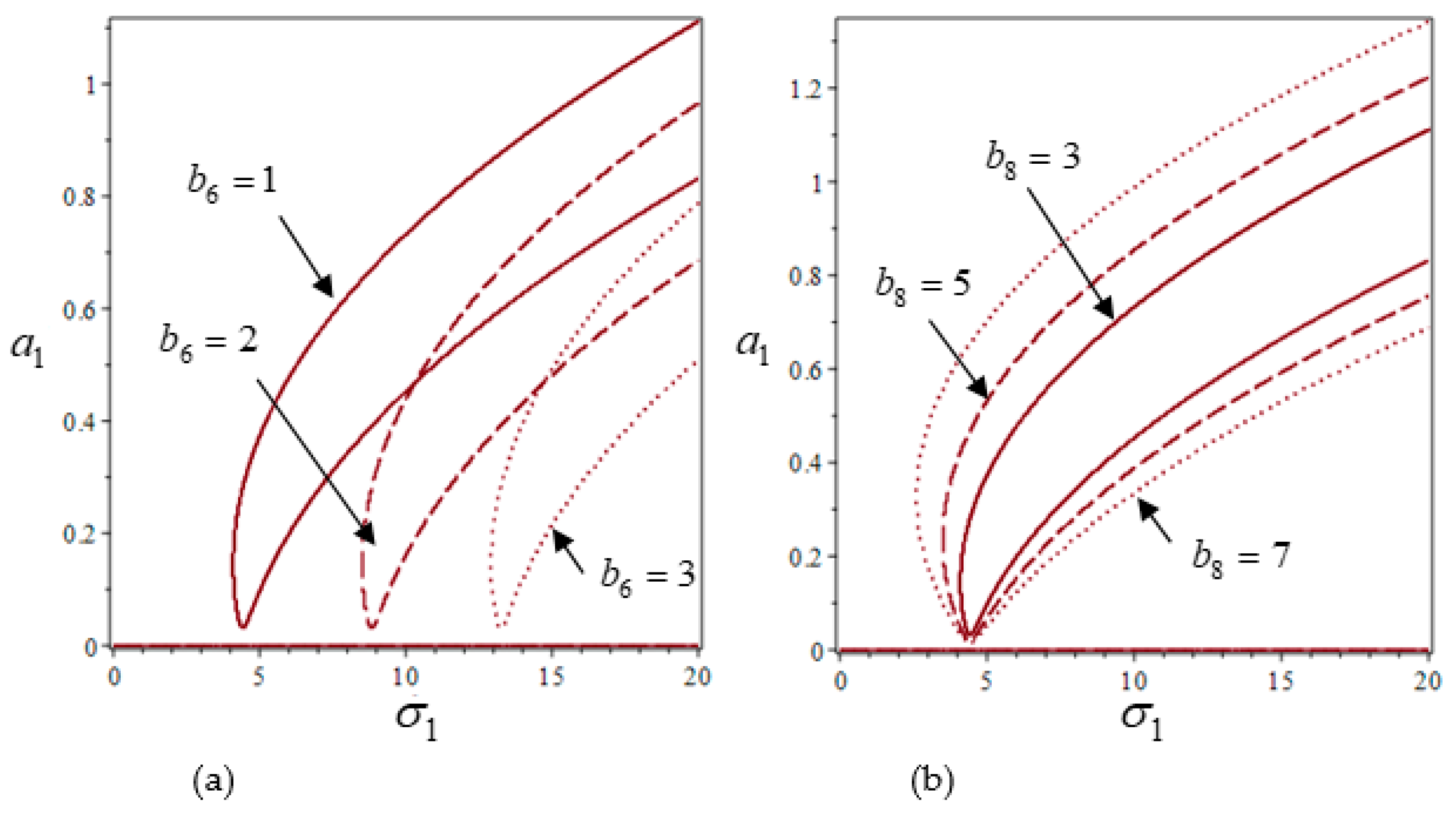

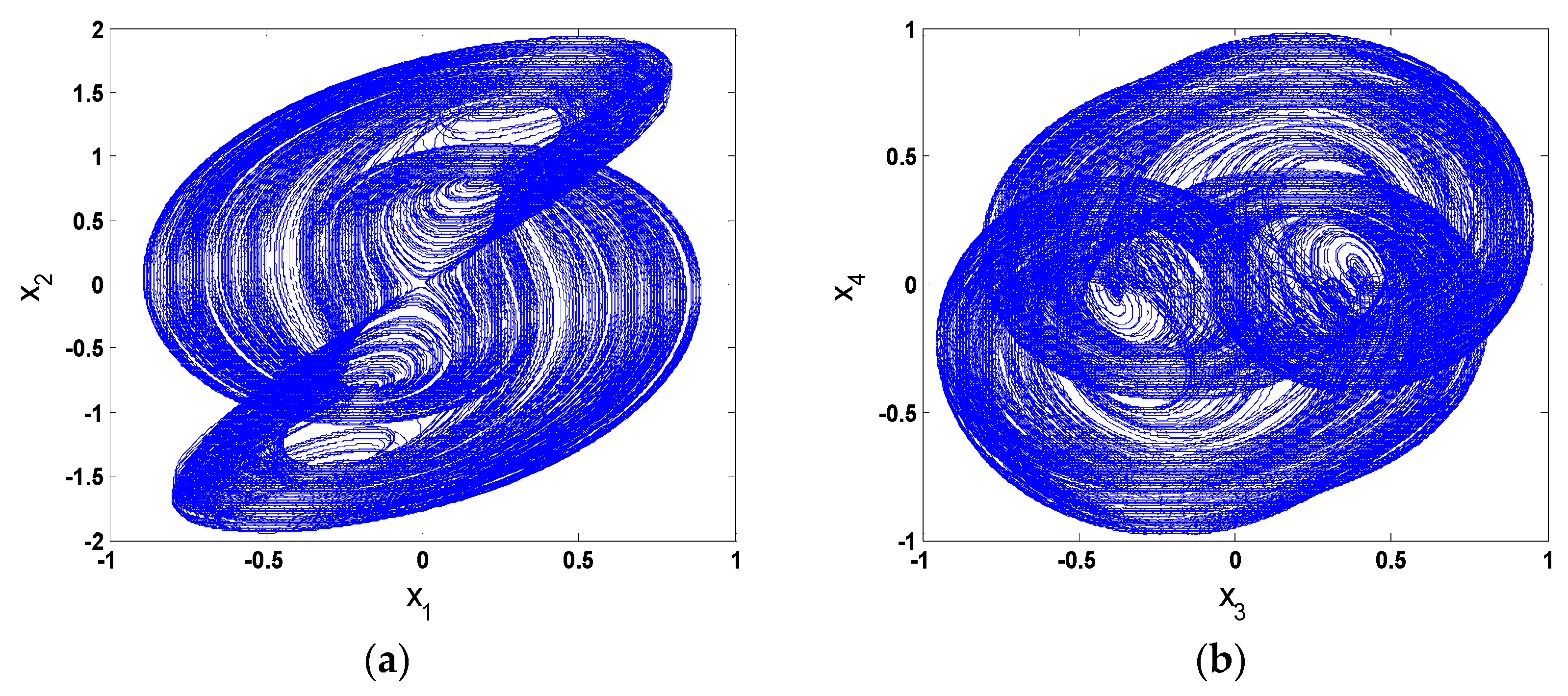
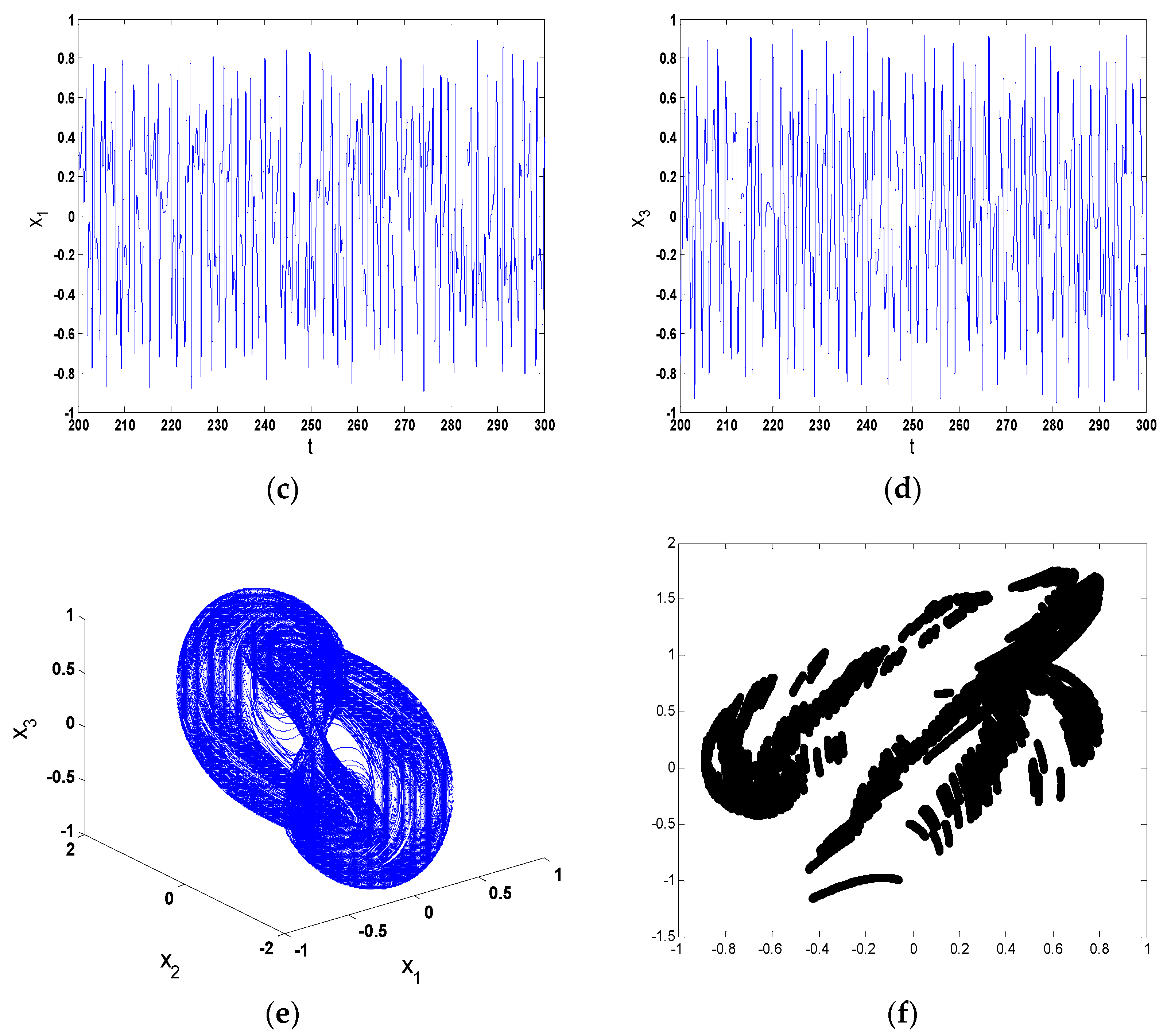
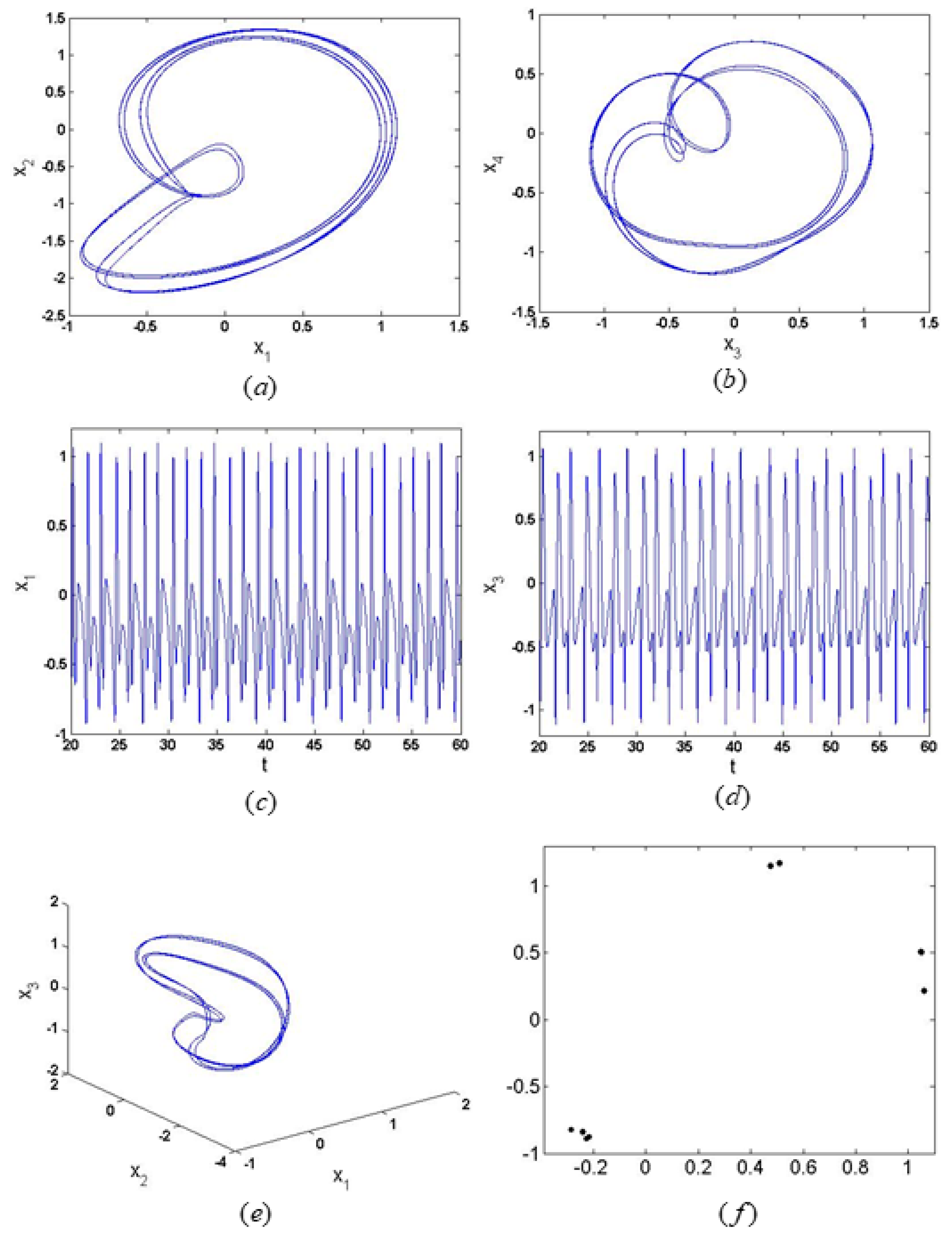
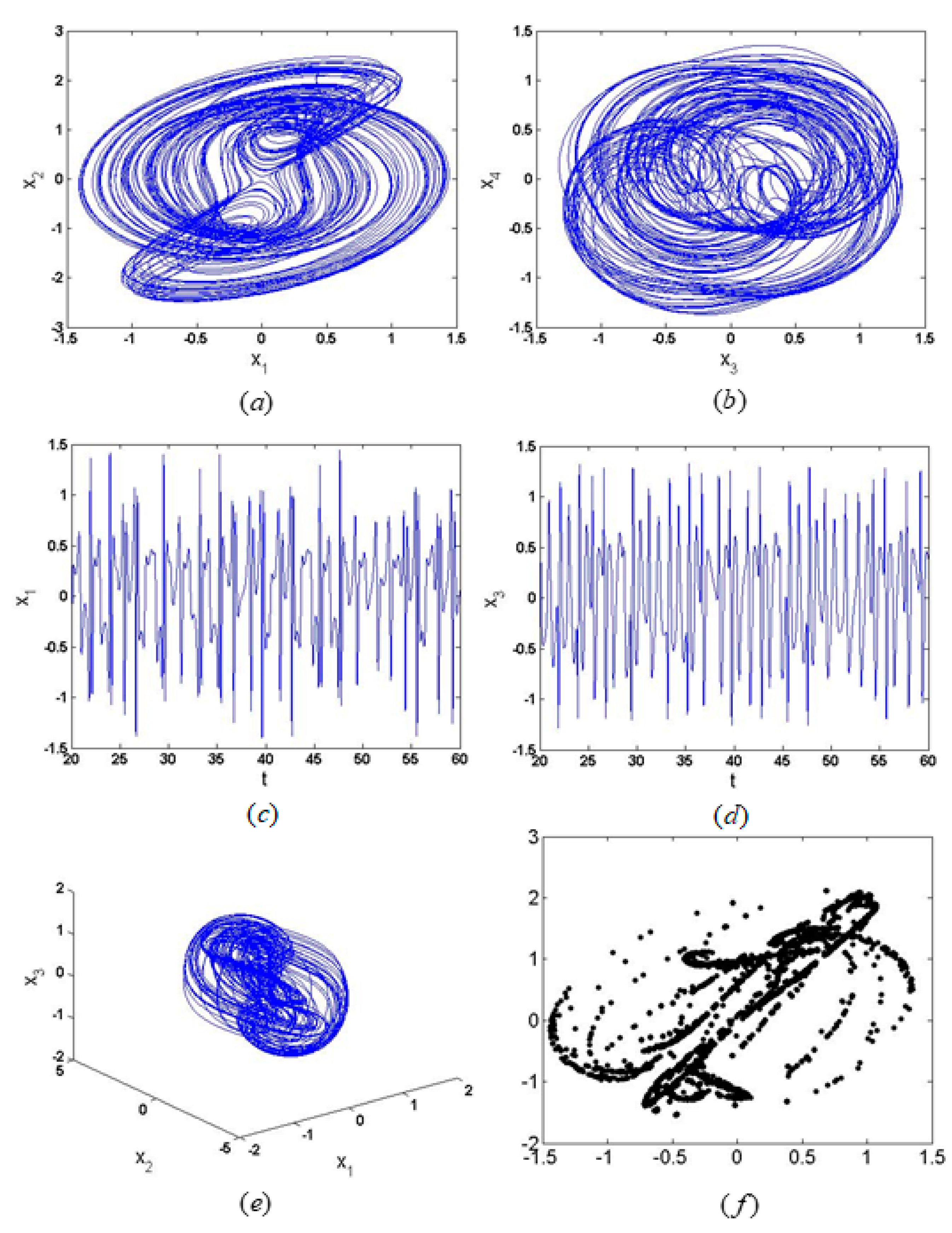

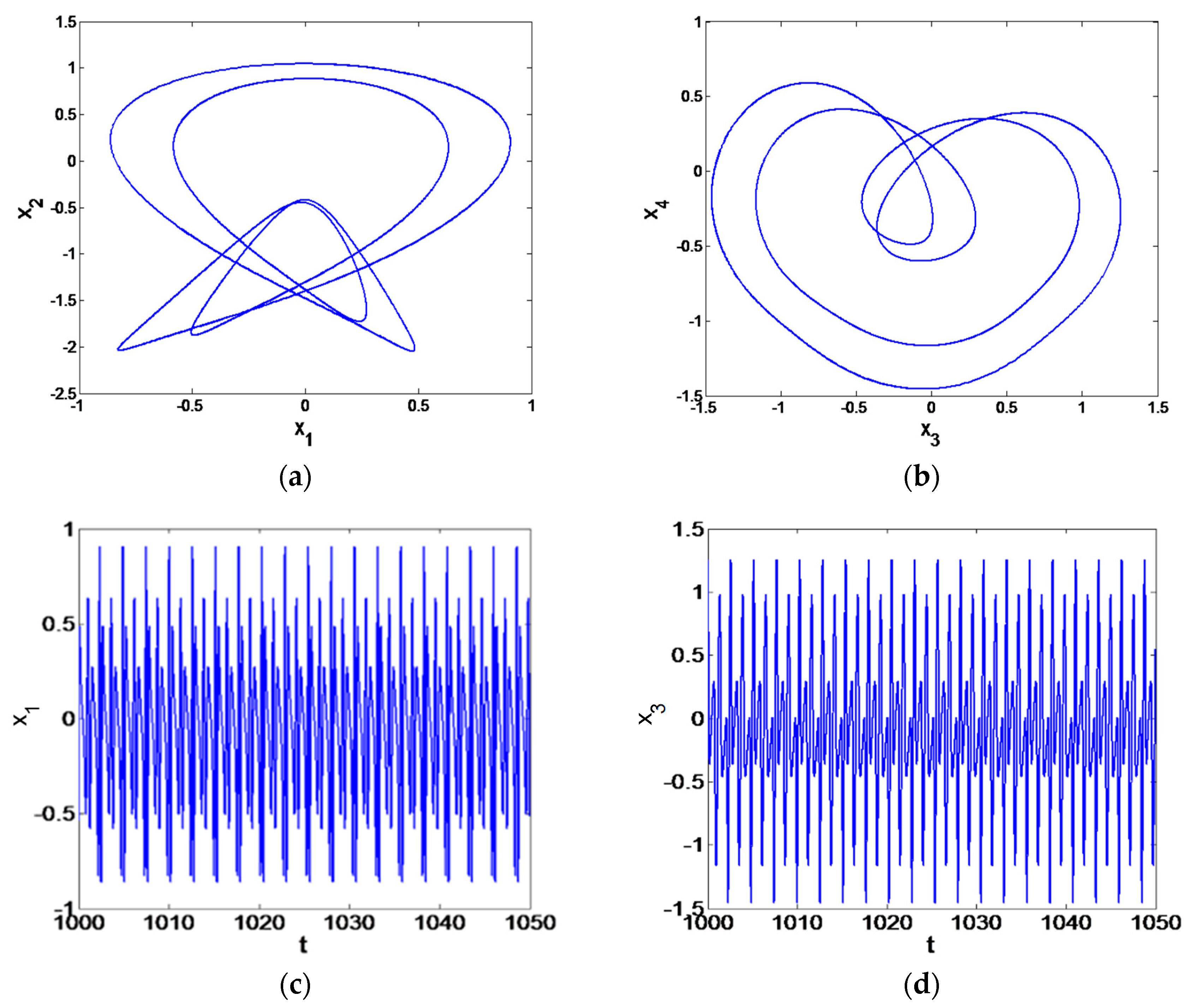
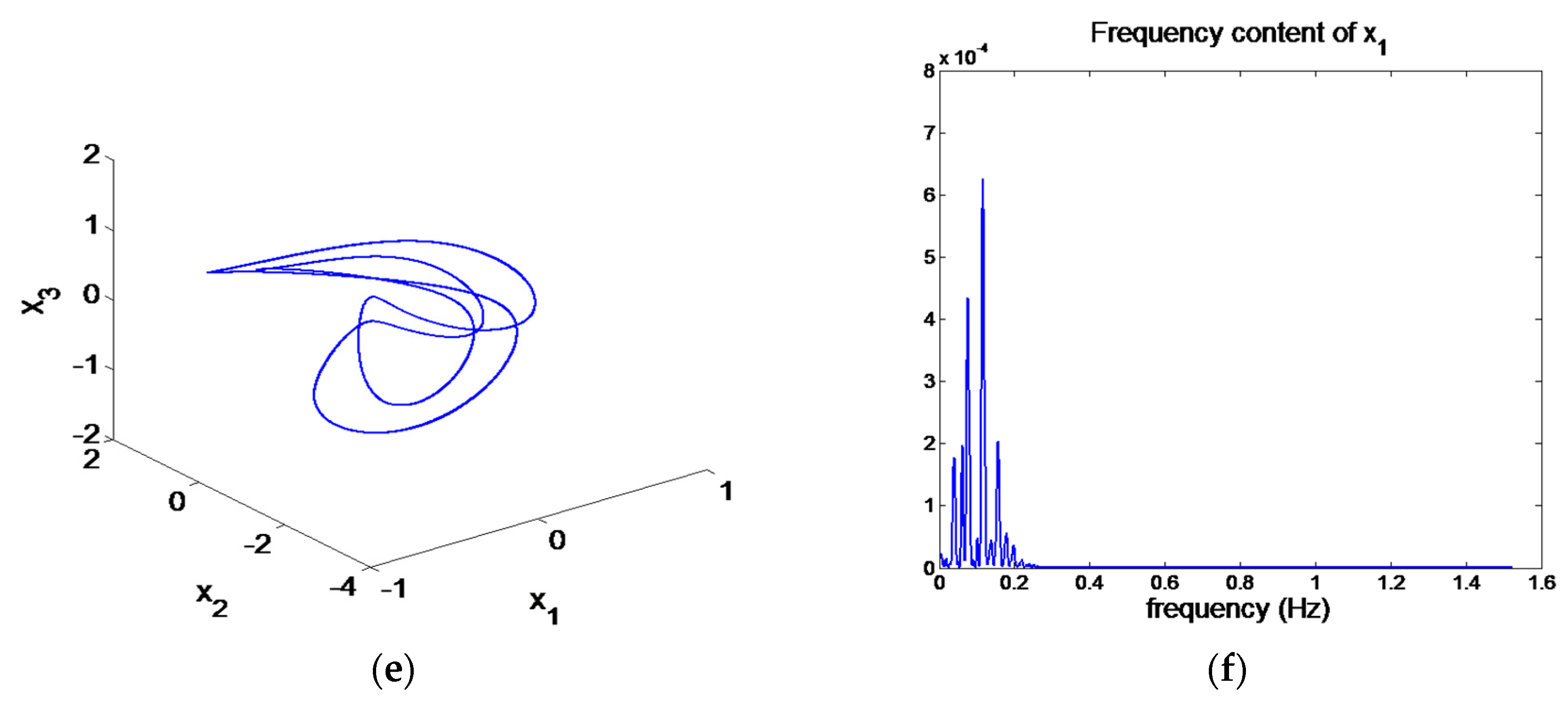
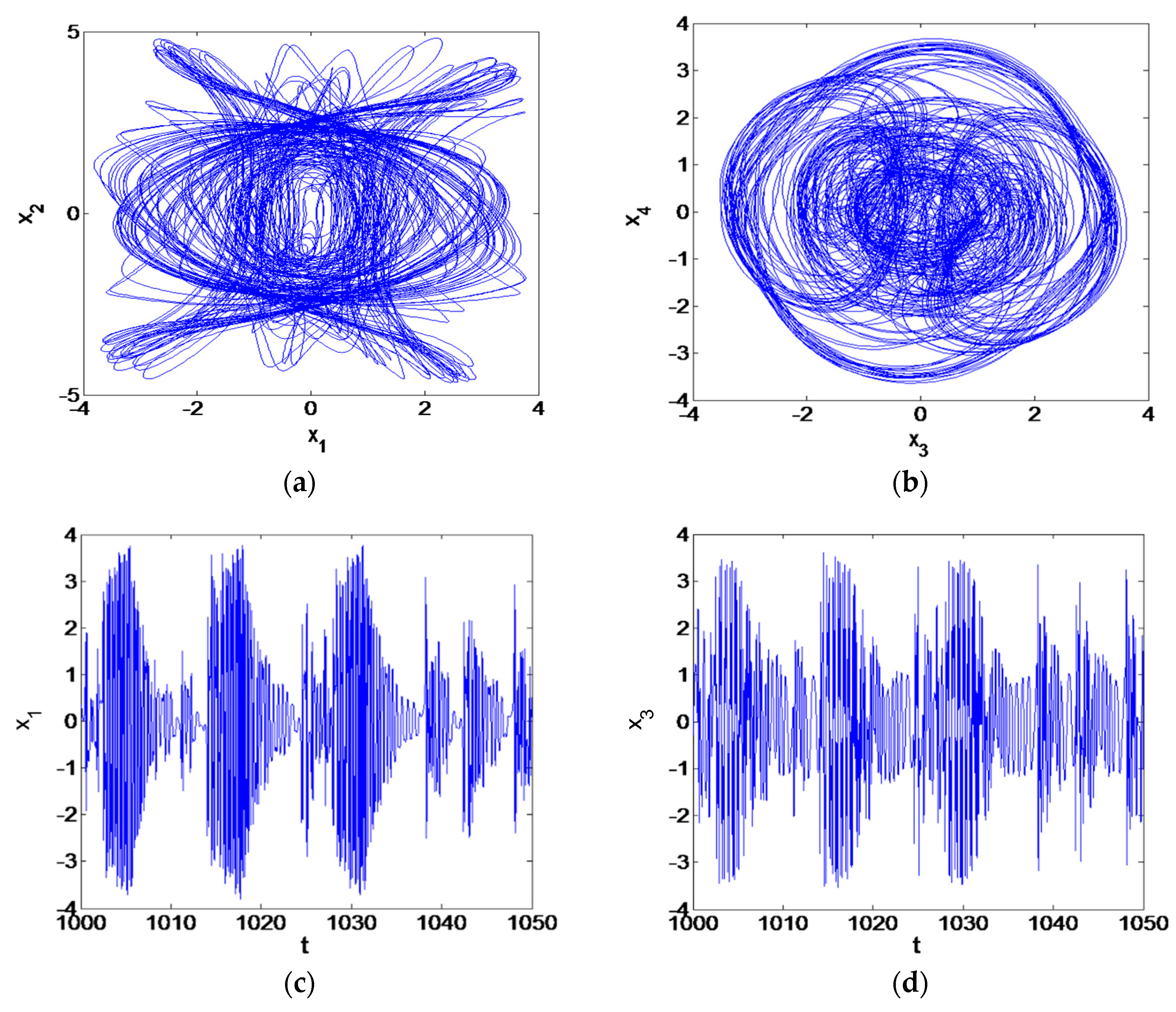
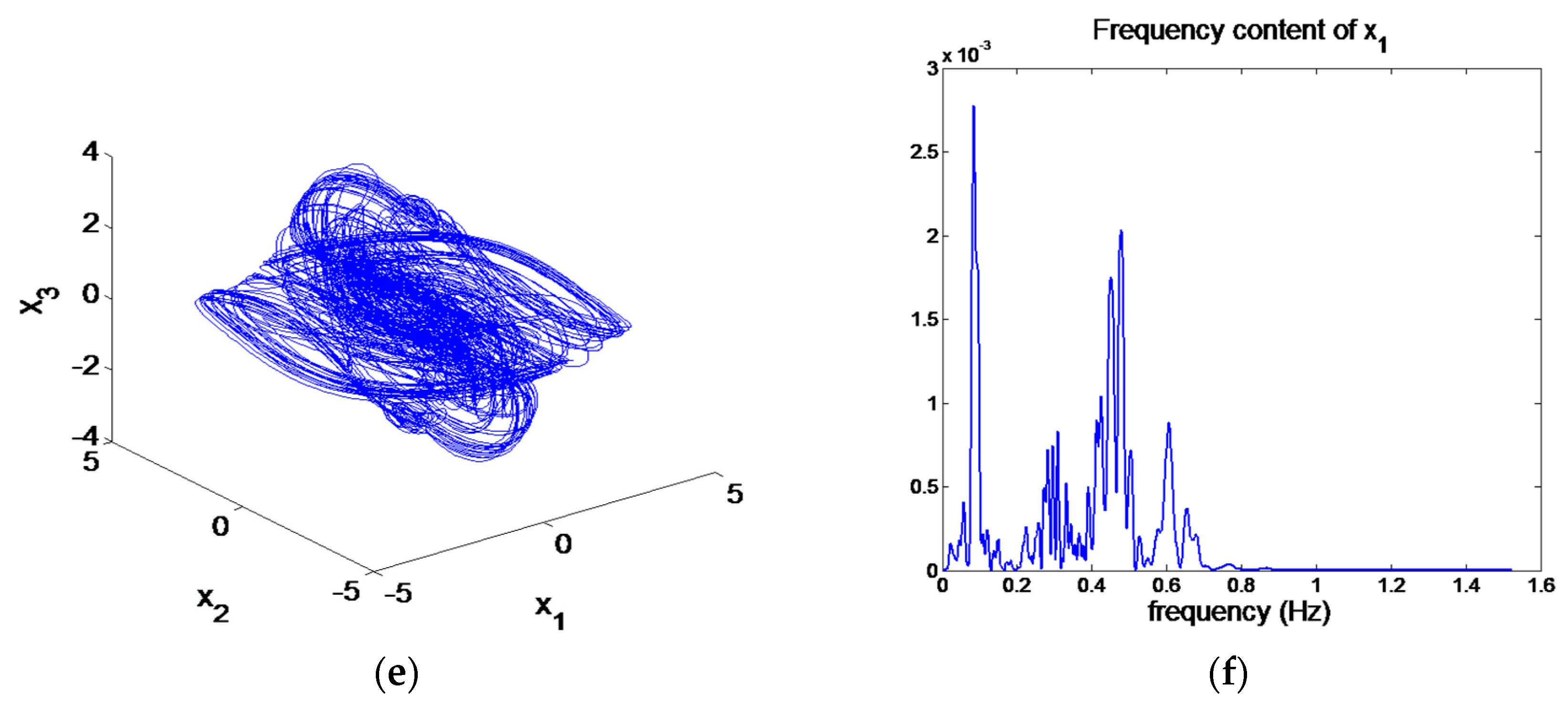
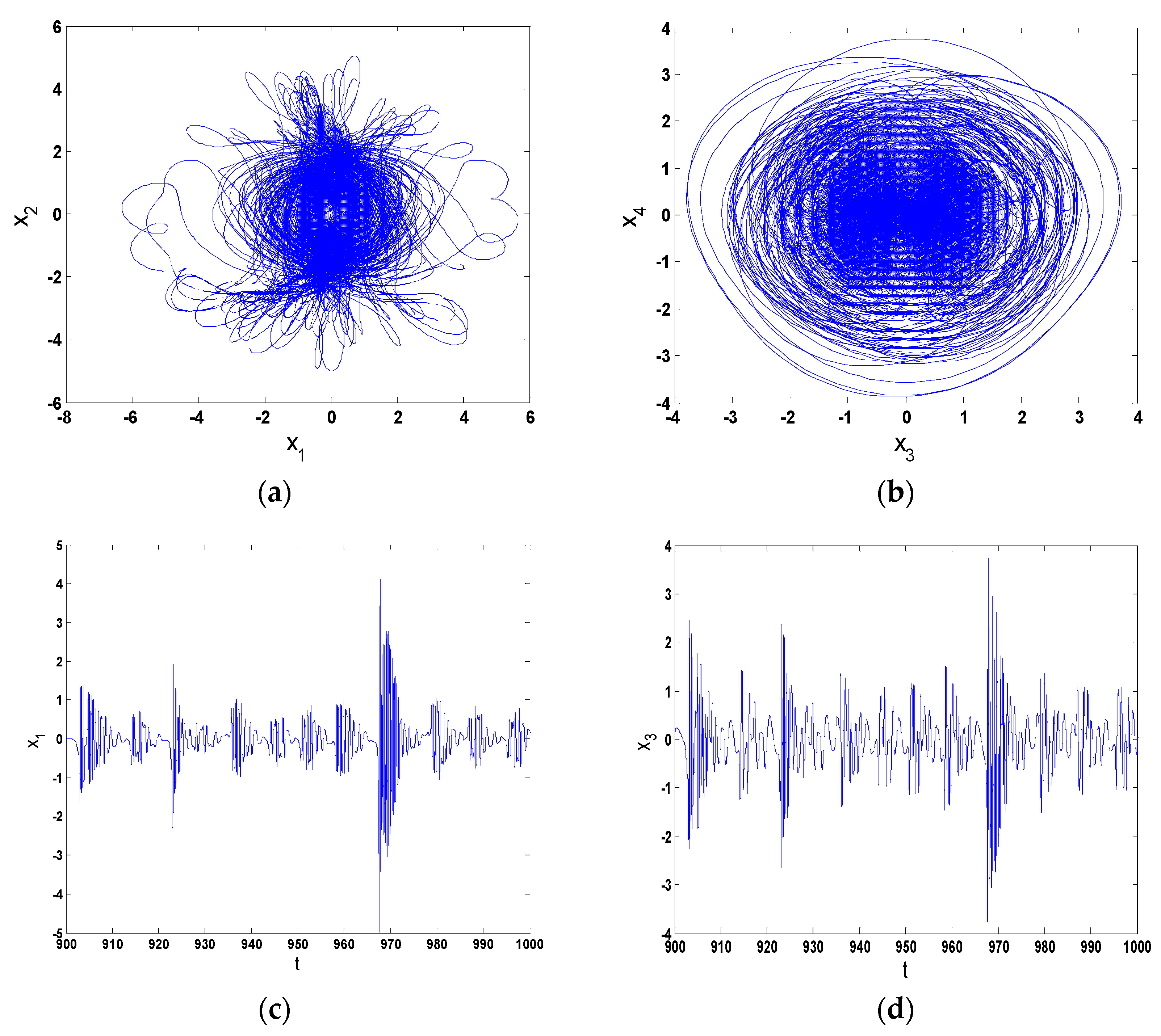
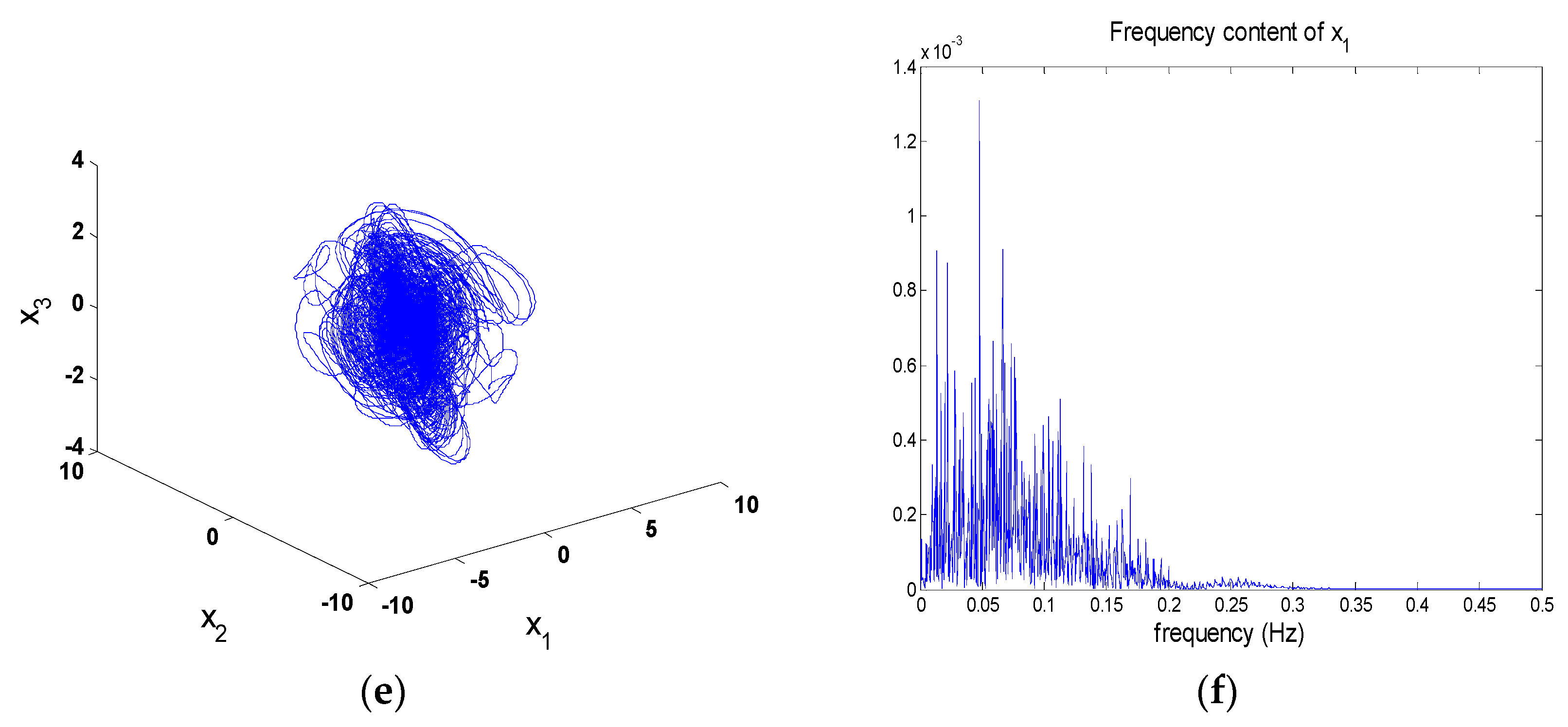
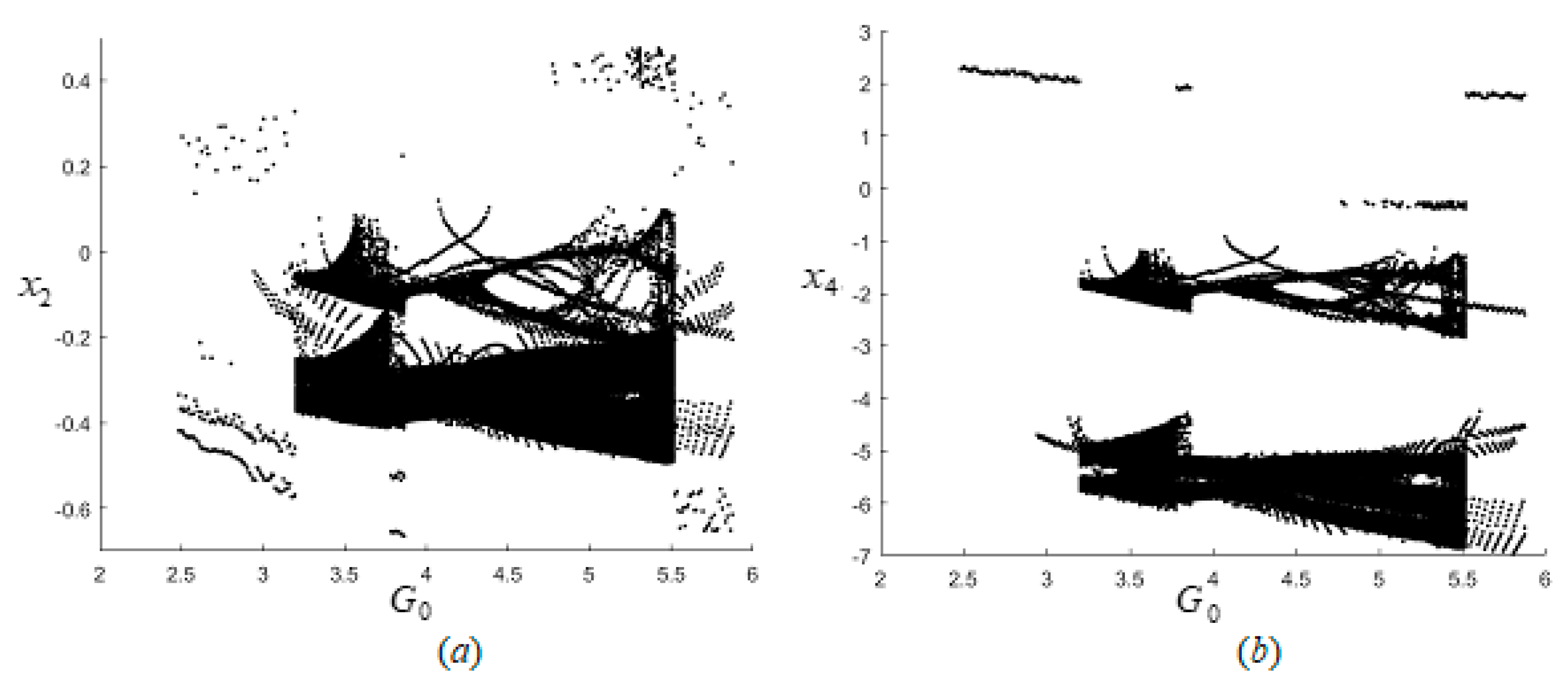
Disclaimer/Publisher’s Note: The statements, opinions and data contained in all publications are solely those of the individual author(s) and contributor(s) and not of MDPI and/or the editor(s). MDPI and/or the editor(s) disclaim responsibility for any injury to people or property resulting from any ideas, methods, instructions or products referred to in the content. |
© 2023 by the authors. Licensee MDPI, Basel, Switzerland. This article is an open access article distributed under the terms and conditions of the Creative Commons Attribution (CC BY) license (https://creativecommons.org/licenses/by/4.0/).
Share and Cite
Liu, Y.; Ma, W. Nonlinear Oscillations of a Composite Stepped Piezoelectric Cantilever Plate with Aerodynamic Force and External Excitation. Mathematics 2023, 11, 3034. https://doi.org/10.3390/math11133034
Liu Y, Ma W. Nonlinear Oscillations of a Composite Stepped Piezoelectric Cantilever Plate with Aerodynamic Force and External Excitation. Mathematics. 2023; 11(13):3034. https://doi.org/10.3390/math11133034
Chicago/Turabian StyleLiu, Yan, and Wensai Ma. 2023. "Nonlinear Oscillations of a Composite Stepped Piezoelectric Cantilever Plate with Aerodynamic Force and External Excitation" Mathematics 11, no. 13: 3034. https://doi.org/10.3390/math11133034



